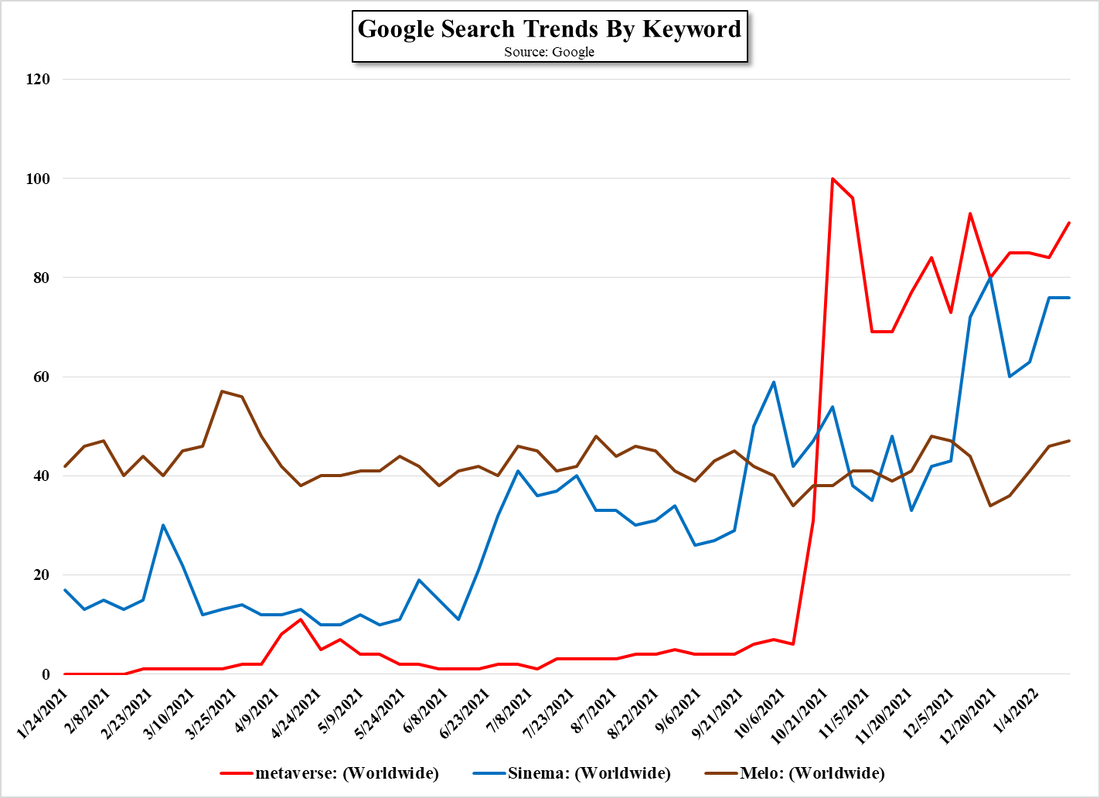BOE – Building Better iPhones
As we have noted previously, BOE entered Apple’s iPhone small panel OLED display supply chain after a protracted qualification examination and was able to supply between 15m and 16m flexible OLED displays for the iPhone 13 last year. As part of the qualification process, BOE not only had to provide the quality that Apple required, but had to prove that they were able to produce the quantity necessary, meaning that their current yield was high enough to meet those requirements. BOE had been producing the iPhone 13 displays at their B7 and B11 fabs, however the objective for the company is to shift production for the iPhone to its new fab (B12) in Chongqing, which began production on its phase 1 line, the first of three planned lines., late last year. The second (phase 2) line is expected to go into operation during this year, although the date remains in question. We would expected such sometime in 1H.
BOE has set a target of producing 40m to 50m iPhone panels this year, some of which will still be produced at the B11 fab, but with that higher target, it is necessary for BOE to also be able to produce LTPO flexible OLED displays, which would likely be produced at B12. The issue however would be quantity, and comments from the media seem to indicate that while the second line at B12 will open this year, equipment for the 3rd line, which is expected to be producing LTPO displays, has yet to be ordered. This will likely have little effect on the absolute number of units BOE produces for the iPhone this year, but will keep much of BOE’s production oriented toward those models that are not LTPO, meaning the lower end iPhone models.
We expect BOE will have the opportunity to produce some LTPO displays for Apple this year, but they might be replacement screens, which is how the company began production for Apple initially. That said, if BOE is able to procure the equipment for the 3rd B12 line and is able to begin production relatively early in 2023, we expect they will be able to become a primary supplier across the entire iPhone line in that year, challenging both Samsung Display (pvt), currently the primary LTPO display supplier for the iPhone, and LG Display (LPL), who has become a secondary LTPO supplier this year. As to whether that 3rd line at B12 will be oriented toward smartphone production for Apple or whether it will be oriented toward OLED panels for IT is less of an issue as we expect BOE is orienting themselves toward also entering Apple’s iPad display supply chain in 2023, so the decision as to the B12 phase 3 line format would likely be based on how successful BOE is with LTPO production this year and next.






 RSS Feed
RSS Feed